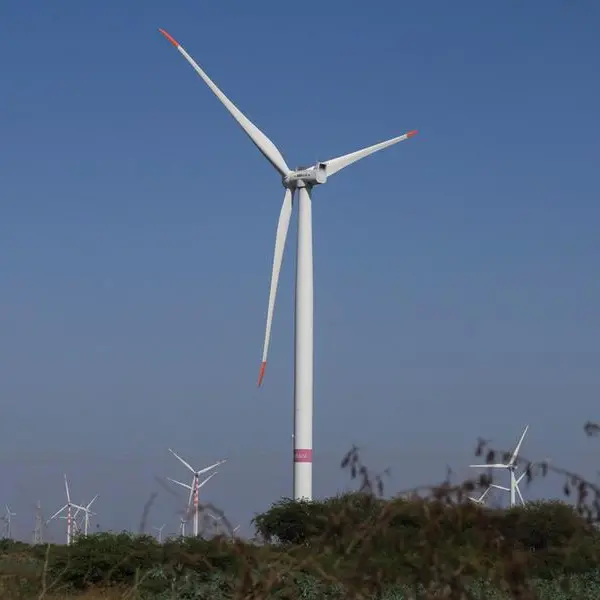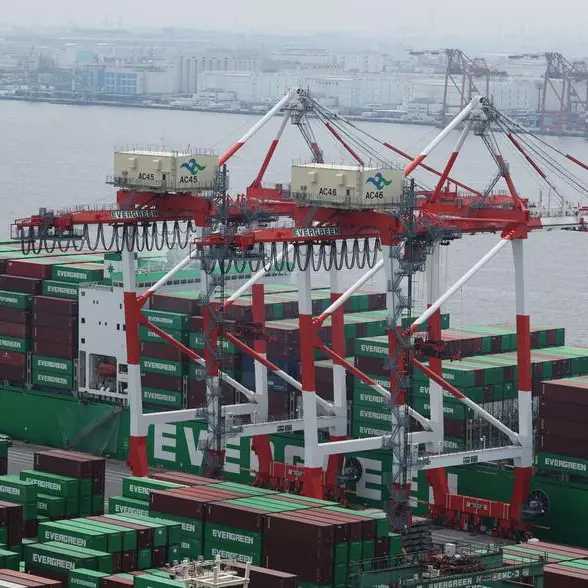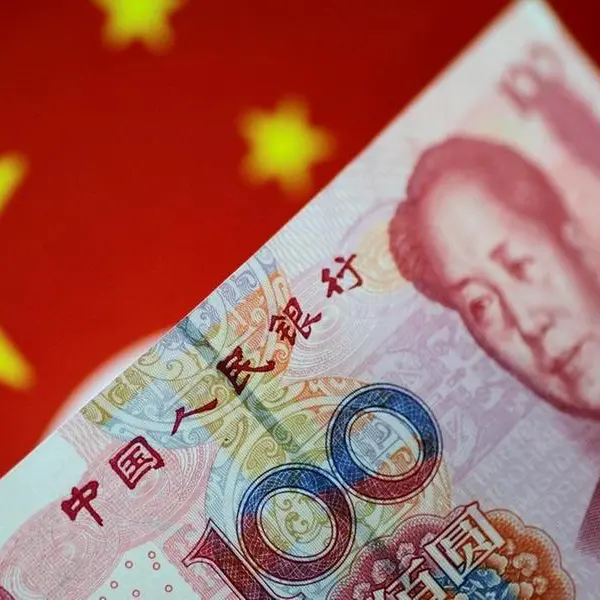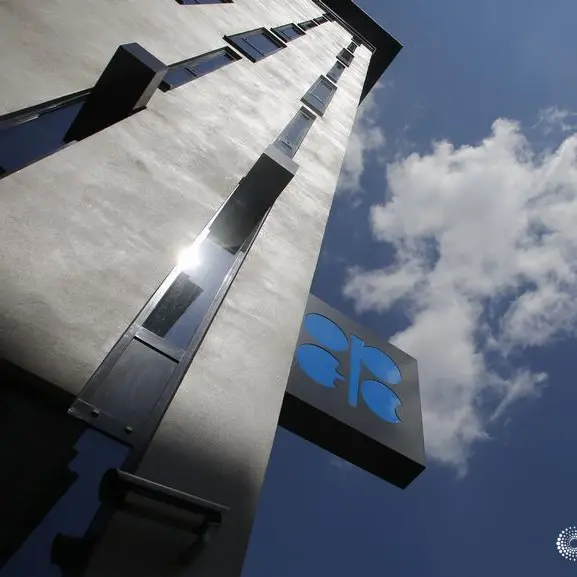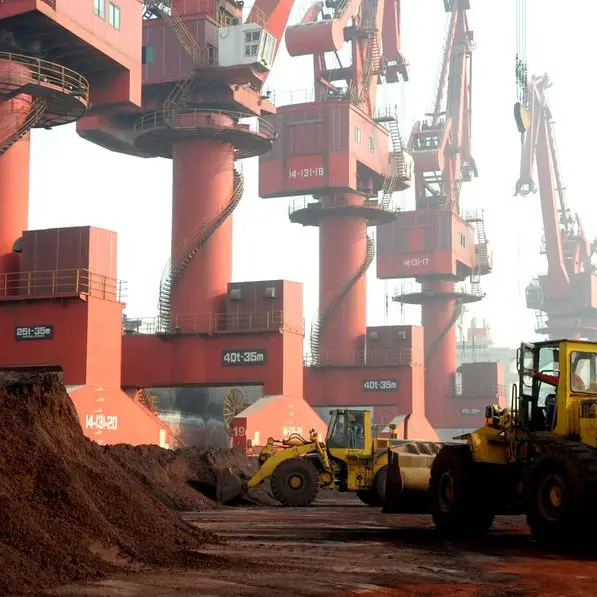PHOTO
FILE PHOTO: Model of LNG tanker is seen in front of China's flag in this illustration taken May 19, 2022. REUTERS/Dado Ruvic/Illustration.
(The opinions expressed here are those of the author, a columnist for Reuters.)
LITTLETON, Colorado - China has boosted imports of liquefied natural gas (LNG) this year to the highest since 2021 and has lifted natural-gas fired electricity generation to record levels.
At a high level, rising purchases and use might suggest that China is starting to rely more on gas to generate power and electricity in the country, and that further increases in both gas imports and consumption are looming.
However, a closer look at China's electricity trends reveal that gas plays only a minimal role in the generation mix, and that renewables and other clean power sources hold much greater prominence when it comes to electricity production.
What's more, gas prices remain elevated compared to power produced from coal and renewables, which is undermining gas' appeal as a power source among industrial firms which have been hit by China's enduring property crisis and economic slowdown.
If smokestack firms continue to favour cheaper fuels for industrial applications while utilities prioritise renewables, there may be only very limited scope for further natural gas consumption increases in China over the near to medium term.
A SMALLER SLICE OF A BIGGER PIE
Natural gas-fired electricity generation in China hit a record 188 terawatt hours (TWh) over the first eight months of 2024, Ember data shows.
That total was 1.5% up from the same months in 2023, and for natural gas bulls was a sign of continued expansion of natural gas in China's electricity generation system following a 6.4% rise in gas-fired generation in 2023.
However, natural gas's share of total utility-scale electricity generation declined to a seven-year low of 2.8% so far in 2024, which is down from a 3% share in 2023.
The erosion of gas's slice of China's generation mix clearly indicates that electricity producers have other priorities when it comes to boosting electricity supplies.
Indeed, only bioenergy plants have a smaller share of national utility-scale electricity supply, while production from solar, wind and hydro assets are all at least three times larger than gas-fired output.
LNG IMPORTS
China's imports of LNG so far this year have jumped by nearly 15% from the same months in 2023, according to LSEG.
That growth pace handily exceeded the roughly 5% rise seen into South Korea and the 2.5% growth posted by Japan over the same period.
The cumulative total of LNG shipped to China so far this year was just shy of 80 billion cubic meters, according to LSEG, and the highest since 2021 for the same period.
That upturn in LNG demand does indicate greater gas use by both power firms and other end users such as factories and industrial plants.
However, the power generated from imported LNG is estimated to be roughly $30-$40 more expensive per megawatt hour than that produced using coal, according to the Institute for Energy Economics and Financial Analysis (IEEFA).
That means that only those firms that have already replaced coal-fired boilers with gas-fired set-ups are burning that gas, while those plants that can still use coal or other fuels for power are burning that instead and keeping clear of pricey gas.
A sustained recovery in overall industrial demand will likely trigger further LNG imports and use in China going forward, especially by those firms that don't have the means to use coal instead.
But unless LNG costs come materially lower over the near term, few other Chinese industrial users are expected to sign up for a switch to gas - especially if China's overall economy remains wobbly and industrial profits scarce.
OUTGROWN
Gas's usage prospects also look limited in the electricity production realm.
Since 2018, Chinese utilities have boosted output from solar farms by 378% and by 163% from wind farms, but have lifted gas-fired generation by only 36%.
What's more, utilities have added nearly 14 times more renewables generation capacity as gas-fired capacity since 2018, and continue to accelerate the build-out of solar and wind farms across the country.
The resulting electricity production network is clearly geared to prioritise clean power over fossil power, even though coal remains the largest single fuel source in China's generation system.
Indeed, collective electricity output from solar, wind, hydro and nuclear plants hit new highs so far this year, and has climbed 20% from the same months in 2023.
That strong jump pushed clean power's share of the overall generation mix to a new high of 38%, and helped cut fossil fuel's share to a record low 62%.
Given Beijing's pledge to become carbon neutral by 2060, further steep increases in clean energy generation are required, while only limited increases in fossil power are expected.
Further, China's utilities intend to rely more on coal than other fossil fuels as the main pillar of electricity output, and are building new coal capacity to replace outdated plants and ensure grid stability as total power demand continues to grow.
That leaves little scope for any substantial rise to natural gas's generation footprint in China, even if LNG imports and gas-fired output continue to nudge slowly higher in the near to medium term.
(Reporting by Gavin Maguire; Editing by Sonali Paul)

